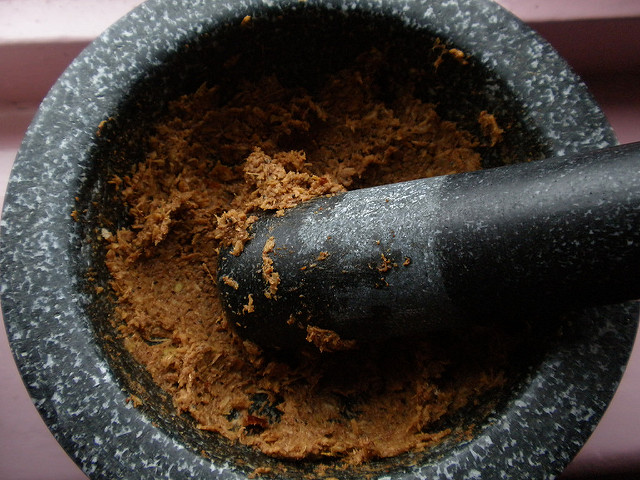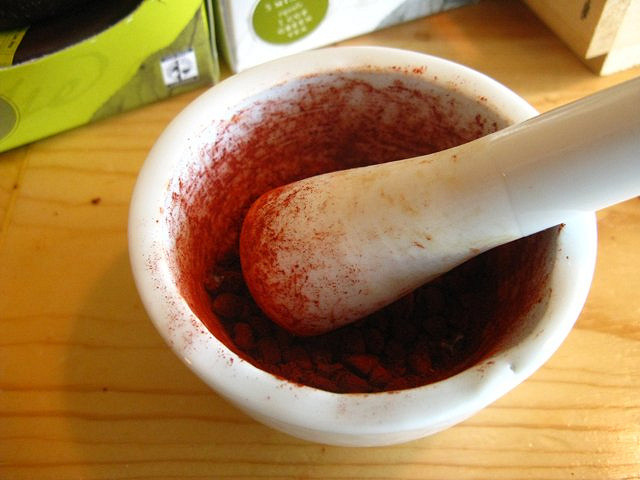Is mortar a house decoration or a kitchen tool?

Nowadays, most housewives prefer to use a mortar as a decoration rather than as a kitchen tool. But the fact is, even nowadays there are many ways you could use a mortar, and you don’t need to take a course to be able to take advantage of the benefits offered by a mortar.
What can a mortar do?
You can use a mortar to crush herbs, as crushing doesn’t destroy the walls of the plant cells, and the herbs don’t become bitter. You can use a mortar to crush nuts such as walnuts, almonds, hazelnuts and pistachios into small pieces. You can also use a mortar to crush poppy seeds, garlic and sugar, or even to prepare sauces, creams and marinades directly in the mortar.
We can hardly find any mortar closer to our soul than our grandmother’s one, but nowadays we can choose from mortars in several sizes and made from several materials in the shops.
Experts say that mortars made of sturdy, solid and heavy material such as granite or marble are the best choice. Wood, however, is not recommended. Suribachi, the Japanese mortar is also a favorite of many, as it has rough sides to facilitate crushing. The majority view is that mortars made of metal aren’t entirely useful, as no acidic liquids (lemon juice, balsamic vinegar) can be mixed in it. However, metal mortars are great to crush pepper, salt and even dry bread.

How to use a mortar
In the case of the majority of mortars you need to tap and press the ingredients to the walls of the dish, but there also exist mortars in which you may only lightly rub the ingredients. Metal or stone mortars are a bit noisy, so you might want to use a tea towel or a piece of cloth to reduce the noise.
If you want to process more than one kind of ingredient in the mortar at the same time, first add the tougher, more difficult to crush ingredients, then stir in softer ingredients and leave the liquid ingredients (oil, vinegar) for the very end.
